Why Sunlight Might Be the Medicine Your Body Needs
A conversation with heliotherapist Zaid Dahhaj
Zaid Dahhaj is a circadian optimization coach and father based in Orange Country, California. He writes the Substack The Circadian Classroom and hosts The 2am Podcast.
Amidst a media landscape pushing endless SPF and a pervasive fear of the sun, Zaid’s approach to circadian biology offers a welcome reprieve. His work provides tactical insights that continually remind us of both the innate intelligence of the body and the damages of baseless fear-mongering (or blind trust in anyone with an MD…).
Since waking up to the importance of our light environment a year or two ago — and implementing tips from Zaid and peers like Sarah Kleiner — I’ve noticed a profound shift across all areas of life. I’ve swapped LEDs for incandescents and candles, prioritized getting morning sunshine, and drastically reduced time spent in blue light; in turn, my sleep, energy levels, mood, stress response, and recovery have all improved. (I’m also the tannest I’ve ever been.)
And while quantum biology and circadian health have been quite buzz-y lately, Zaid reminds us that “Circadian biology is not a wellness trend. It's the architecture of life itself.”
What follows is a conversation on what led Zaid to this sacred work, along with actionable tips to embrace the sun — even if you, like me, once believed you could never tan.
Happy sunbathing 🌞
How did you first get interested in circadian biology?
My father experienced two heart attacks within the span of a year as I was traveling to pursue a dream of playing soccer professionally. That experience led me to become obsessed with general health, and eventually I found my way to circadian biology with the work of Dr. Jack Kruse. The first time I came across Kruse’s work was on a podcast episode featuring him, Dr. Andrew Huberman, and Rick Rubin. It blew my mind, and there was no going back after that.
Can you tell us a bit about your upbringing in relation to the sun?
As a kid, I was always outside, mostly playing soccer since that was my first real passion from the age of four. I never feared the sun and always embraced it intuitively. It made me feel alive.
I strongly believe human beings who haven’t been programmed with the centralized narrative intuitively seek the sun, along with shade when they have had enough.
What are some lifestyle shifts that you’ve made since beginning this work?
The biggest changes I’ve made are watching the sunrise consistently and making my home environment circadian friendly with incandescents and beeswax candles. Making it dark with minimal, circadian-friendly lighting after nightfall was another pivotal change. Brighter days outside at these key circadian times along with darker nights have helped me in countless ways, and it’s shaped my understanding of this work.
What role does one’s circadian biology play in chronic disease?
Circadian biology governs the timing of nearly every physiological process in the body… hormone secretion, metabolism, immune function, cellular repair, and even gene expression.
When this internal timing system is disrupted through artificial light exposure, irregular sleep, poor meal timing, and sedentary, sun-deficient indoor lifestyles, it leads to chronic desynchronization between the body's internal clocks and the external environment.
This mismatch is a root cause to common chronic diseases like obesity, type 2 diabetes, cardiovascular disease, depression, autoimmune disorders, and even cancer, all of which stem from impaired mitochondrial function, hormone imbalances, inflammation, and metabolic dysfunction that occur when biological rhythms fall out of sync with the solar day.
What would you say to someone who’s convinced they can’t tan without burning?
I would say they’re experiencing chronic circadian disruption by the mere nature of how society is built, which means they spend little time outside compared to the time they spend indoors under isolated blue light from artificial sources. We are a circadian species that is meant to receive unfiltered full spectrum light at all times of day, including midday. When you take a circadian species meant to be outside and place them indoors for most of their existence, they fail to develop the necessary adaptations like melanin, and burn easily as a result.
When you take a circadian species meant to be outside and place them indoors for most of their existence, they fail to develop the necessary adaptations like melanin, and burn easily as a result.
What, in your view, are the most important benefits of sunbathing?
The development of melanin which offers many benefits including radioprotection, meaning its the most effective sunscreen nature offers. UV-A stimulates nitric oxide within the body which acts as a vasodilator, meaning it opens up blood vessels and allows for enhanced blow flow. UV-B makes Vitamin D3, a potent anti-cancer compound. Near infrared light makes sub-cellular melatonin within your mitochondria. UV activates POMC, which then makes many peptide hormones including beta-endorphin and CART (opioid peptides that provide a feel good factor). There are many pro-health reasons to love sunbathing.
Are there any cases in which a mineral SPF might be helpful?
Only rare circumstances call for the use of ANY sunscreen, where you are exposed to high intensity UV, know you’re going to burn, don’t have protective clothing available, and can’t find any shade.
Lastly, all mammals can develop more melanin. Both lighter and darker skinned people have melanin. Pheomelanin for the lighter skinned individuals and eumelanin for the darker skinned individuals. Since pheomelanin is a lot less protective (only 30-40% compared to eumelanin which blocks 99.9% of UV) initially, lighter skinned people need to be more intentional about their UV exposure.
How can people start building their solar callus, especially those living in cities, or places with dreary weather?
By sunbathing in the morning first before UV comes out. Pre-UV morning time is rich in red and infrared light, which preconditions the body to upcoming UV in many ways, most notably aligning the circadian skin clocks which dictate function of the skin. Minimum of 20 minutes of exposure. The more skin exposed, the better. You must have much of the skin exposed to sunlight at this time to precondition the skin for higher UV.
Next, micro-dosing UV is key, especially for those who have lighter skin and little to no experience with sunbathing. This is a game of consistency, not intensity.
Lastly, making it dark after sunset is key because nighttime darkness is where the skin repairs itself comprehensively. The light and dark cycle is a coupled system, and the skin as a circadian organ needs both in check for proper function and repair.
Micro-dosing UV is key, especially for those who have lighter skin and little to no experience with sunbathing. This is a game of consistency, not intensity.
Are there any other habits or dietary changes that help support the body in responding to sunlight more intelligently?
Nothing worth mentioning outside of the previous principles. But it is important to consume a nutrient dense diet with healthy, stable fats rather than ultra-processed polyunsaturated fatty acids (seed oils) which are already oxidized and make the cell membrane more vulnerable to damage. Consuming more DHA from real food, such as marine sources, is key to systemic function and optimal light exposure as well.
[Editor’s note: read more on the connection between PUFAs and sunburns here.]
What would an ideal routine look like for someone looking to optimize their circadian biology?
Wake up 5-10 minutes pre-sunrise. Go outside and watch the sunrise as long as you can.
Eat a nutrient dense breakfast within the hour after sunrise and before UV-A rise.
Spend at least 15-20 minutes outside during UV-A rise for unique benefits.
Sunbathe during midday and seek shade when you’ve had enough.
Work outside under shade if possible.
Open windows in all scenarios like the home, car, office.
Watch the sunset.
Make it dark after nightfall with minimal circadian friendly lighting while using tools like dark orange blue blockers, covering the skin with a basic layer of clothing since it senses light in the environment.
No food or liquids after sunset.
Be asleep before 10 PM.
The MyCircadianApp is very helpful to understand specific times according to your latitude (code: ZAID10).
Circadian biology is obviously not something that’s being taught in medical schools. What would you say to someone who still worships conventional dermatology?
I would say to not be so trusting of the institutions they learned from. Modern medicine worships a reductive view of biology based on profit incentive, pharmaceutical interest, and profit over people (just take a look at the skyrocketing chronic disease rates). The centralized system is not meant to keep people healthy. It’s meant to thrive by treating symptoms rather than the root cause.
If you’re interested in working with Zaid, book a call with him here.
Suggested Reading:
Sunbathing for Dummies: How Morning Light, Midday UV, and Nighttime Darkness Create Resilient, Cancer-Proof Skin (The Circadian Classroom)
Why is sunlight important for our well-being (and for preventing cancer)? (Leigh Erin Connealy, MD)
Why I Stopped Wearing Sunscreen - And Never Looked Back (The Fitrah Journal)
Ep. 119: Circadian Biology, Leptin & Light with Sarah Kleiner (The Way Forward)
Where to Buy Incandescent Lightbulbs (@NaturallyFTW on Twitter/X)


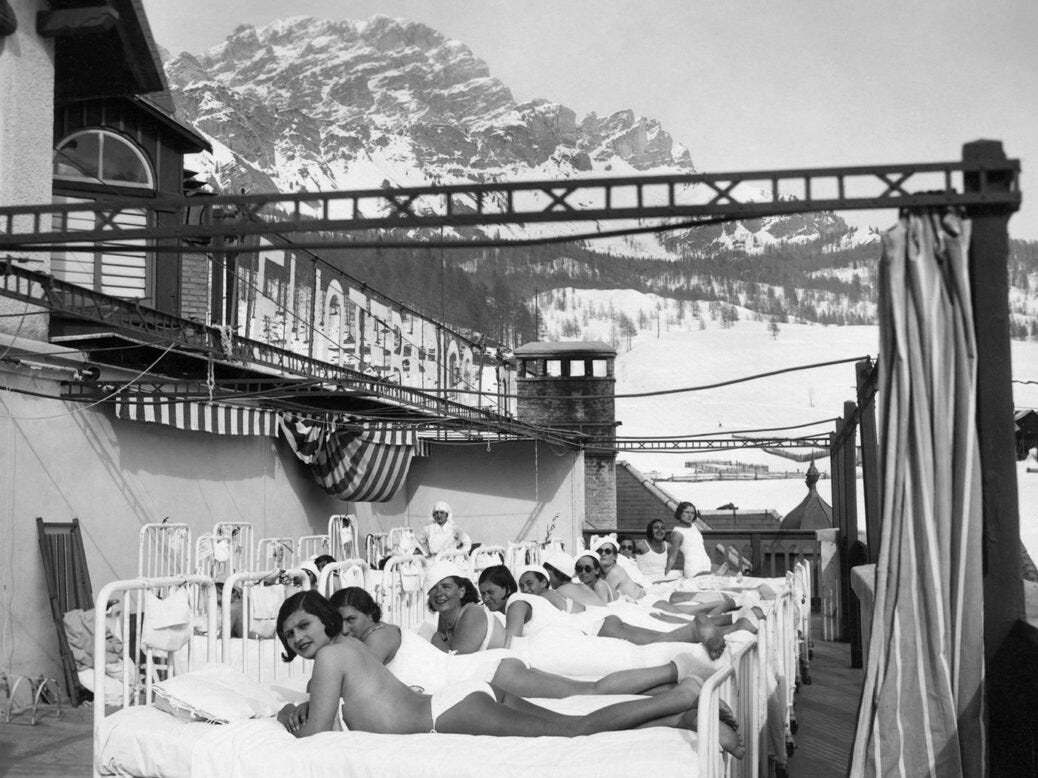

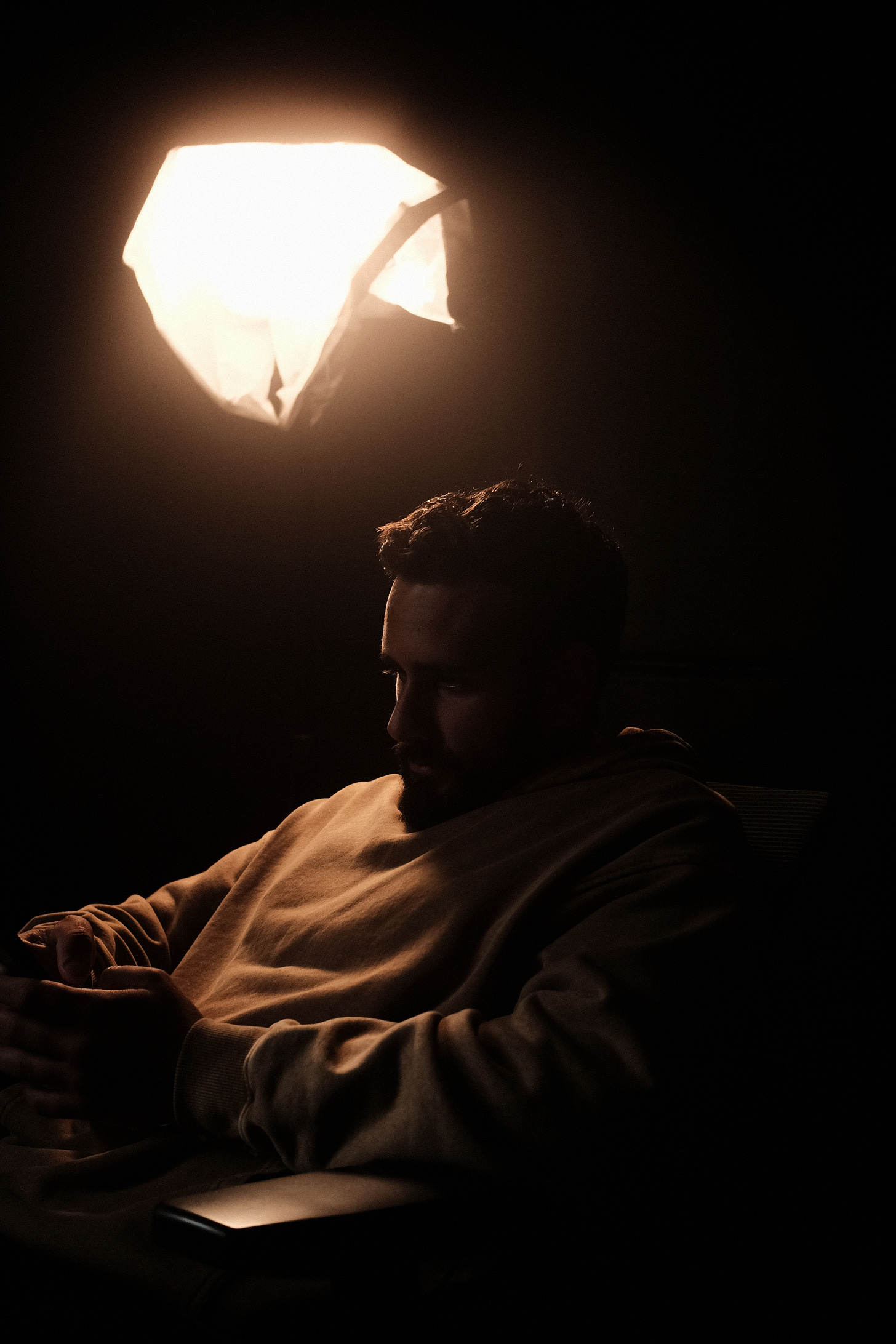
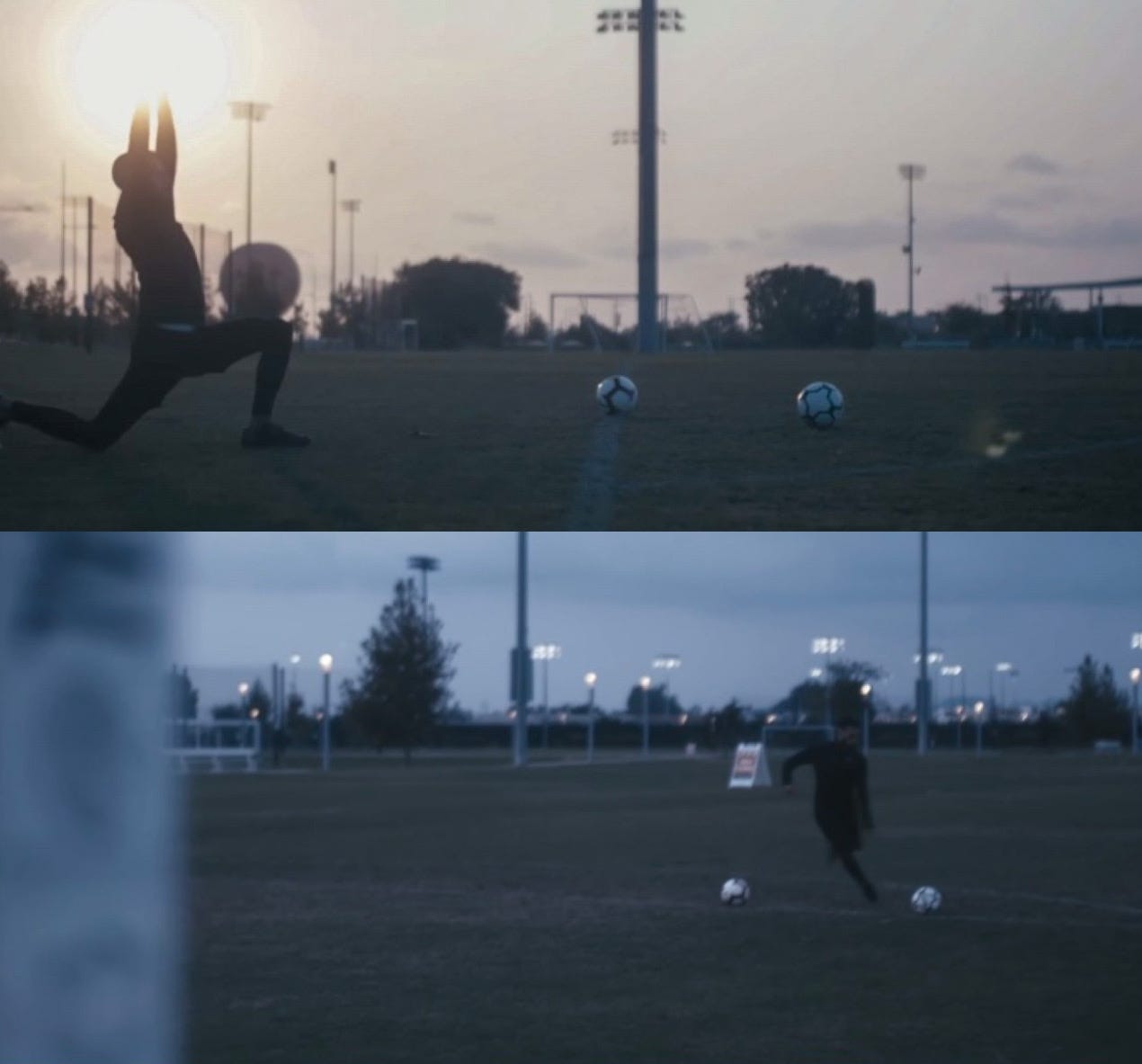

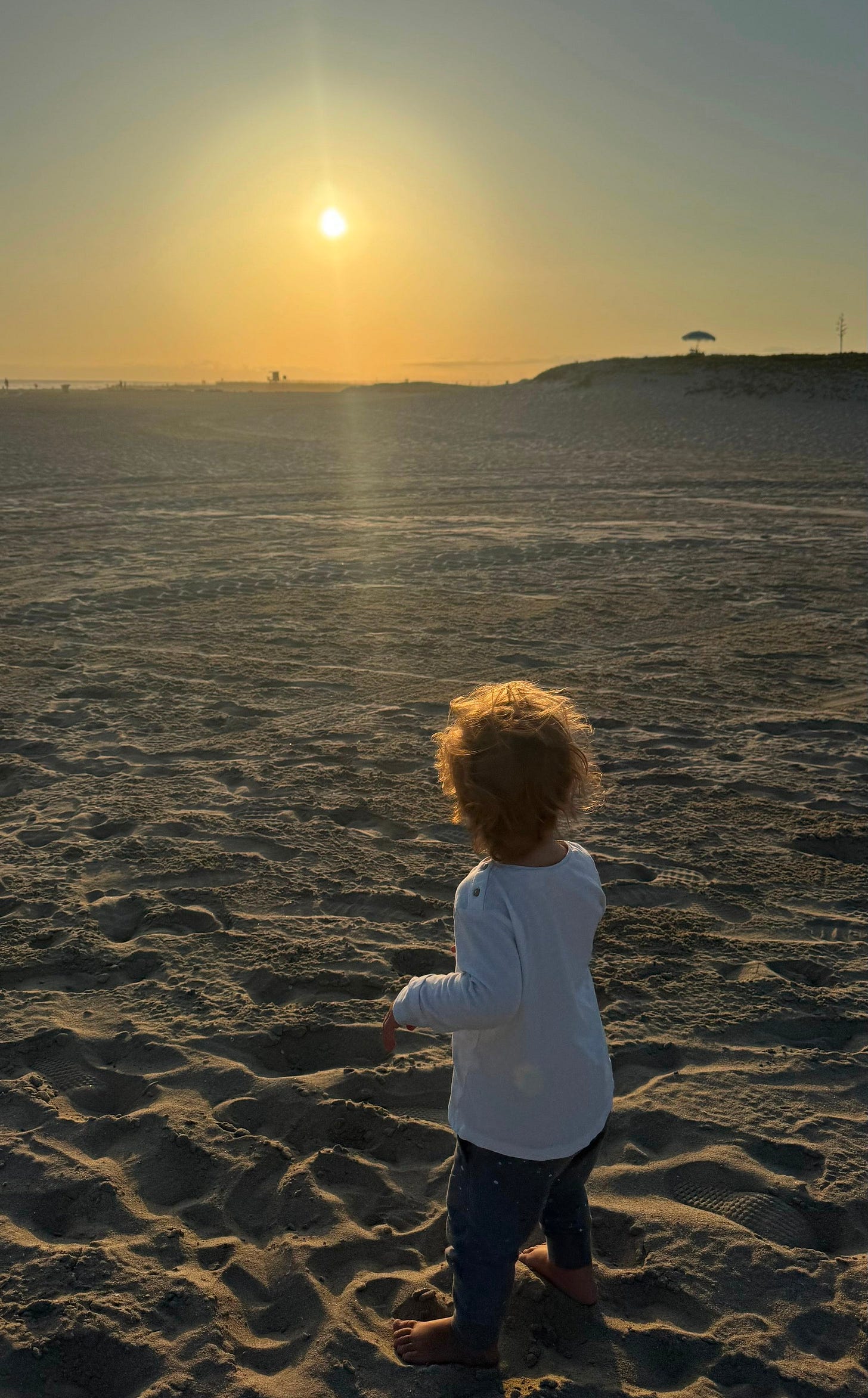
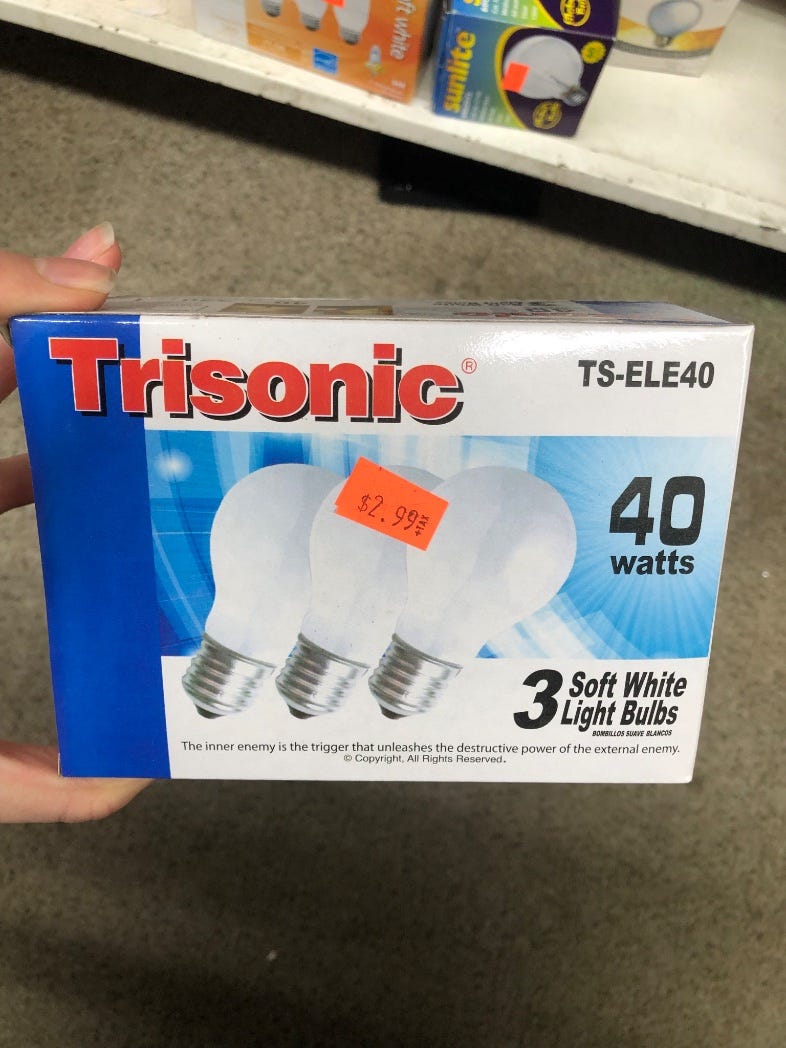
sometimes what feels good really is good 🌞
Sadness is multiplicative, is.gd/zo4RTx
(𝗦-𝗔-𝗗) x (𝗦.𝗔.𝗗) x (𝘀𝗮𝗱) x (𝗦•𝗔•𝗗) x (𝗦&𝗗) x (𝗦,𝗔,𝗗) = (𝗦𝗔𝗗) ⁶
(𝙎𝘼𝘿) ⁶ = 𝙈𝙚𝙩𝙖𝙗𝙤𝙡𝙞𝙘 & 𝙈𝙚𝙣𝙩𝙖𝙡 𝙄𝙢𝙥𝙖𝙞𝙧𝙢𝙚𝙣𝙩